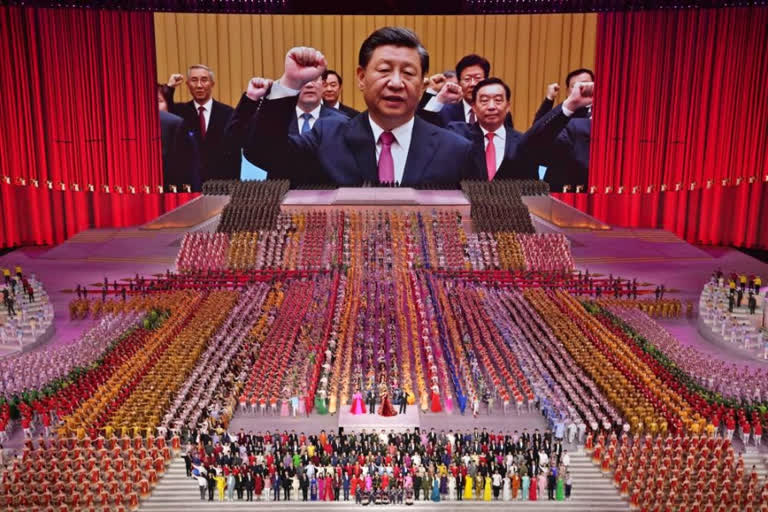New Delhi: Known to adhere to ancient wisdom for application in the modern world, China has taken recourse to a 2,500-year-old thought that is attributed to 6th century BC thinker Confucius by developing ‘Xiaokang’ societies that will also serve the purpose of settling thorny border issues with India by buttressing the land frontier.
‘Xiaokang’ means all-inclusive and ‘moderately prosperous’ societies where people are free from want and toil.
But for the about 3,500-km-long border with India that straddles one of the world’s most difficult and remote regions across the Karakorum and the mighty Himalayas, China had executed the ‘Xiaokang’ village plan.
Facing problems of depopulation and scanty habitat along its troublesome and blurry border facing India—from Ladakh in the west to Arunachal Pradesh in the east—China, since 2017 had been relentlessly pursuing a ‘Xiaokang’ village policy.
China’s border village plan comprised setting up 628 well-laid out modern villages across 21 border counties to be populated by about 62,160 households with a total of about 241,835 people in the Tibetan frontier that stretches from Ngari, across Ladakh, to Nyingchi, across Mechuka in Arunachal Pradesh to Myanmar.
Also read:Shifting goalposts, one-sided views of concern hurdles in India-China ties: Envoy
Till last year, 604 villages had been constructed at a cost of 30 billion yuan ($4.6 billion) with 24 expected to be completed in 2021 itself. The money has been drawn from Tibet Autonomous Region’s (TAR) departments of border defence, public security, and poverty alleviation.
Down further south across the Himalayas, India’s border stretches continue to face the growing problem of thinning populations as more and more people migrate to lower altitude areas and urban centres.
